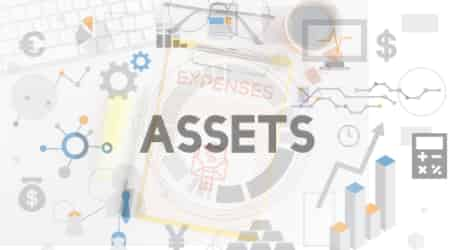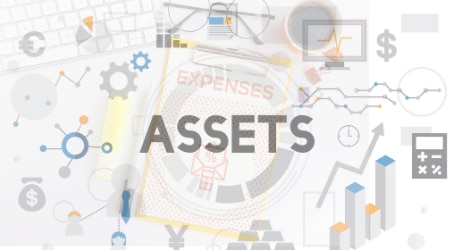Amortization Of Intangible Assets
You must carry intangible assets at Cost less Accumulated Amortization and Impairment Loss once you have recognized them.
Amortization is nothing but a charge against an intangible asset. It reflects the utilization of the intangible asset over its useful life.
In other words, Amortization refers to the systematic allocation of the cost of the Intangible Asset as an expense over its useful life.
Thus, Amortization is much like Depreciation. Depreciation too spreads out the cost of the asset over its useful life. However, it is used in the case of Tangible Assets. Whereas, Amortization is used to expense the Intangible Assets of your business over their useful life.
Furthermore, you can use various methods to calculate the amortization expense to be charged to the intangible asset. But, you must remember that such a method should reflect the pattern in which you consume the economic returns generated from such an asset.
However, you can use the Straight Line Method to calculate the Amortization expense if you cannot reliably determine such a pattern.
Thus, the following are the various Amortization Methods you can use:
- Straight Line Method
- Diminishing Balance Method
- Unit of Production Method
As mentioned above, Amortization is typically charged as an expense. However, there are times when you use the economic returns generated from such an asset to produce other assets. In such a case, the Amortization cost forms part of the cost of the other asset.
















